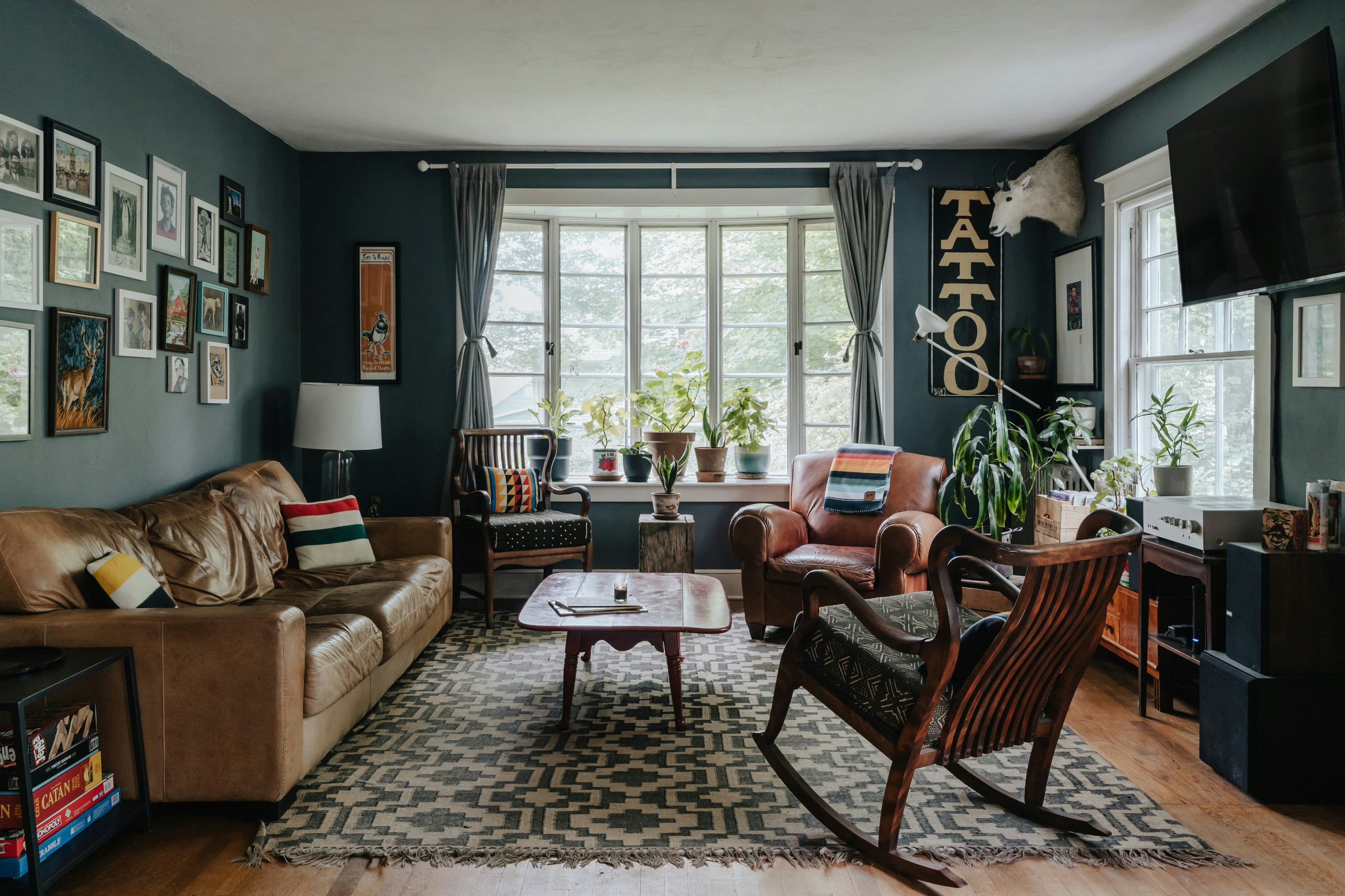"Tapping into the Versatility of Transitional Interior Design"
Imagine walking into a space that marries the beauty of traditional design with the clean lines of contemporary style. Welcome to the world of transitional interior design, a unique blend of old and new that offers a timeless appeal. Let's delve into this fascinating design trend, its origins, and how it's shaping today's home interiors.

A Glimpse into the Genesis of Transitional Design
Transitional design traces its roots to the 1950s and 60s in America when homeowners began to break away from the rigidity of traditional designs. They sought a more relaxed, informal style that combined elements of both old and new. This was the beginning of the transitional design movement—a harmonious fusion of the ornate, rich details of traditional design with the simplistic, sleek lines of contemporary styles.
The Hallmarks of Transitional Design
Transitional design is characterized by a neutral color palette, streamlined furniture, and mixed materials. It strikes a perfect balance between masculine and feminine design elements. For instance, a room may feature a traditional, plush Chesterfield sofa paired with a sleek, modern coffee table. The color palette is often subdued, with emphasis on creams, taupes, and grays, creating a serene and relaxed atmosphere.
Current Market Trends and Practicality of Transitional Design
The transitional design trend has seen a steady rise in popularity over the years. It offers homeowners the flexibility to incorporate different styles within one space, making it a practical choice for those who prefer a less rigid design approach. Moreover, this design style can easily adapt to changing trends, ensuring a home that is always in vogue.
Making a Statement with Transitional Design
The true beauty of transitional design lies in its ability to create a cohesive, harmonious space that reflects the owner’s personality. It encourages individuality and personal expression. For example, an antique heirloom can coexist beautifully with a modern art piece, creating an intriguing visual conversation.
Conclusion
Transitional interior design is more than just a design trend; it is a testament to the evolving nature of our tastes and preferences. It respects the beauty of the past while embracing the simplicity of the future, offering a timeless aesthetic that continues to captivate homeowners across the globe.




